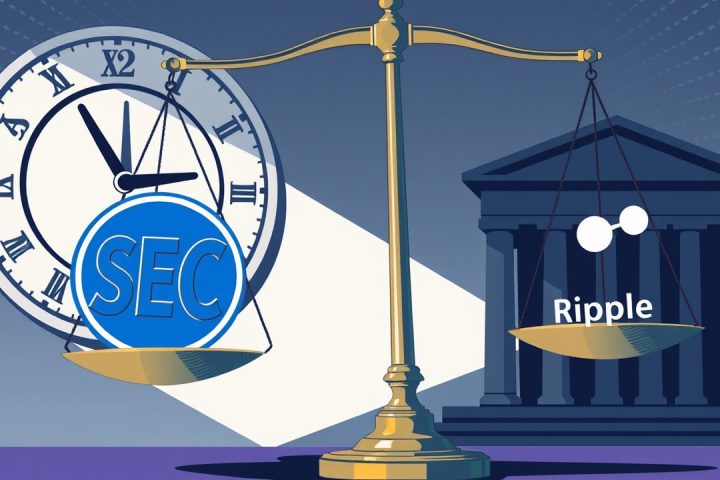Transformative Future of Property and Ownership
Balaji Srinivasan, the author recognized for his work on the concept of the Network State, posits a transformative future where property and ownership are fundamentally structured around cryptography and blockchain technology. This vision is not limited to cryptocurrencies like Bitcoin but extends to a broad range of valuable assets in society, such as conventional currencies, stock market shares, automobiles, and real estate.
Blockchain as a Reliable Record-Keeping System
Srinivasan’s argument pivots on the capabilities of blockchains, which he describes as providing a universally accepted, politically neutral ledger of ownership. He highlights Bitcoin as a quintessential example, noting its status as “digital gold” that preserves trillions of dollars worth of value securely recorded on the blockchain. Whether one aligns with a particular political viewpoint or not, the ownership of Bitcoin remains uncontested, demonstrating the efficacy of blockchain as a reliable record-keeping system.
The Rise of Stablecoins and Onchain Assets
The discussion moves toward stablecoins, which have already gained legal recognition across various jurisdictions. According to Srinivasan, this legal acceptance sets a precedent for the acceptance of other onchain assets, including stocks and bonds. He envisions a landscape where financial instruments such as equities and even tangible commodities could be easily traded in a decentralized manner on blockchain platforms, signaling a major shift in how assets will be managed and transferred.
Cryptographic Governance of Physical Assets
In addition to financial assets, Srinivasan points to developments in technology such as smart locks and digital access controls as harbingers of a new era where physical assets like homes and vehicles will also fall under cryptographic governance. He envisions a scenario in which starting a car is regulated by a digital signature that proves ownership, rather than a conventional key.
Implications for Capital Equipment
The implications of this trend extend to almost all forms of capital equipment, ranging from construction cranes to drones, compelling a transition towards a fully integrated cryptographic ecosystem. While Srinivasan acknowledges that everyday consumable goods, like food and clothing, might remain outside this digital framework, he asserts that over 99% of valuable assets will transition to onchain security.
Security Advantages of Blockchain Technology
The motivation for embracing this revolutionary paradigm lies in the inherent security advantages of blockchain technology. Unlike traditional systems, which are susceptible to hacking—even those associated with high-security entities—blockchain networks exhibit robustness against such vulnerabilities. This reliability underpins a growing inclination to adopt onchain registries, access controls, and ownership verification as a means of protecting property.
A Code-Driven Framework for the Global Economy
Srinivasan ultimately envisions the emergence of a code-driven framework for the global economy, interconnected through blockchain technology to facilitate secure ownership, equal contractual standing, and programmable economic systems. His declaration that “All property becomes cryptography” encapsulates the essence of his vision—a future where the digital and physical worlds converge in unprecedented ways, driven by legal and technological advancements currently underway, with Bitcoin and blockchain leading the charge toward a fully cryptographic economy.




